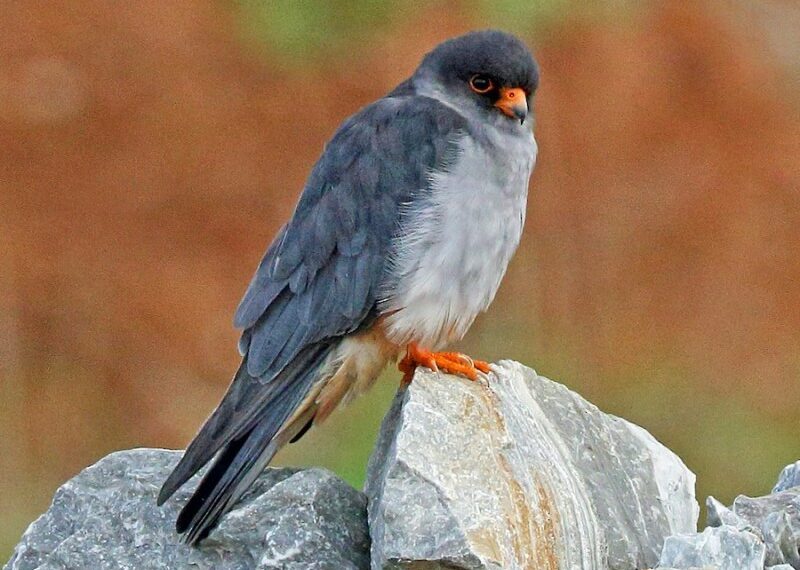Imphal: A satellite-tagged Amur Falcon, ‘Chiuluan2’, named after a village in Manipur’s Tamenglong district, has arrived in South Africa on Saturday after crossing the Kalahari Desert, covering a vast distance of over 20,000 km.
This was informed by Wildlife Institute of India (WII) scientist R. Suresh Kumar, who was monitoring the migratory route of the satellite-tagged Amur Falcon.
Kumar said the bird had reached its first stopover site in Somalia after flying non-stop and crossing the Arabian Sea in five days and 17 hours.
“The area in South Africa where ‘Chiuluan2’ landed on Saturday, approximately 360 kilometers west of Johannesburg, is officially called the African Veldt,” Kumar stated.
The Manipur forest department and local residents released two Amur falcons—’Chiuluan2’ and ‘Gwangram’—after radio-tagging them with satellite transmitters on November 8 last year.
‘Chiuluan2’ is a male Amur falcon, while ‘Gwangram’ is a female.
Chiuluan and Gwangram are two roosting villages of the Amur falcons in Tamenglong.
The primary goal was to conduct a study of the migratory routes of these birds and to examine the environmental factors encountered during their journeys from Tamenglong.
Kumar stated that ‘Gwangram’ has stopped transmitting signals since December 13.
Amur falcons, the world’s longest-traveling birds, are protected under the Wildlife Protection Act.
They breed in southeast Russia and northeast China during the summer and migrate to their wintering grounds in Africa.
ALSO READ: Manipur’s Naga body requests HM Amit Shah to appoint K. Moses Chalai as state Chief Secretary
This radio-tagging programme for Amur falcons was first implemented in November 2018 in Tamenglong, followed by another radio-tagging program in 2019 with five birds.
Amur Falcons arrive in the northeast, including Nagaland and Manipur, in October. They leave the region in November after feeding enough to sustain their non-stop flight to Africa, where they spend their winters.















